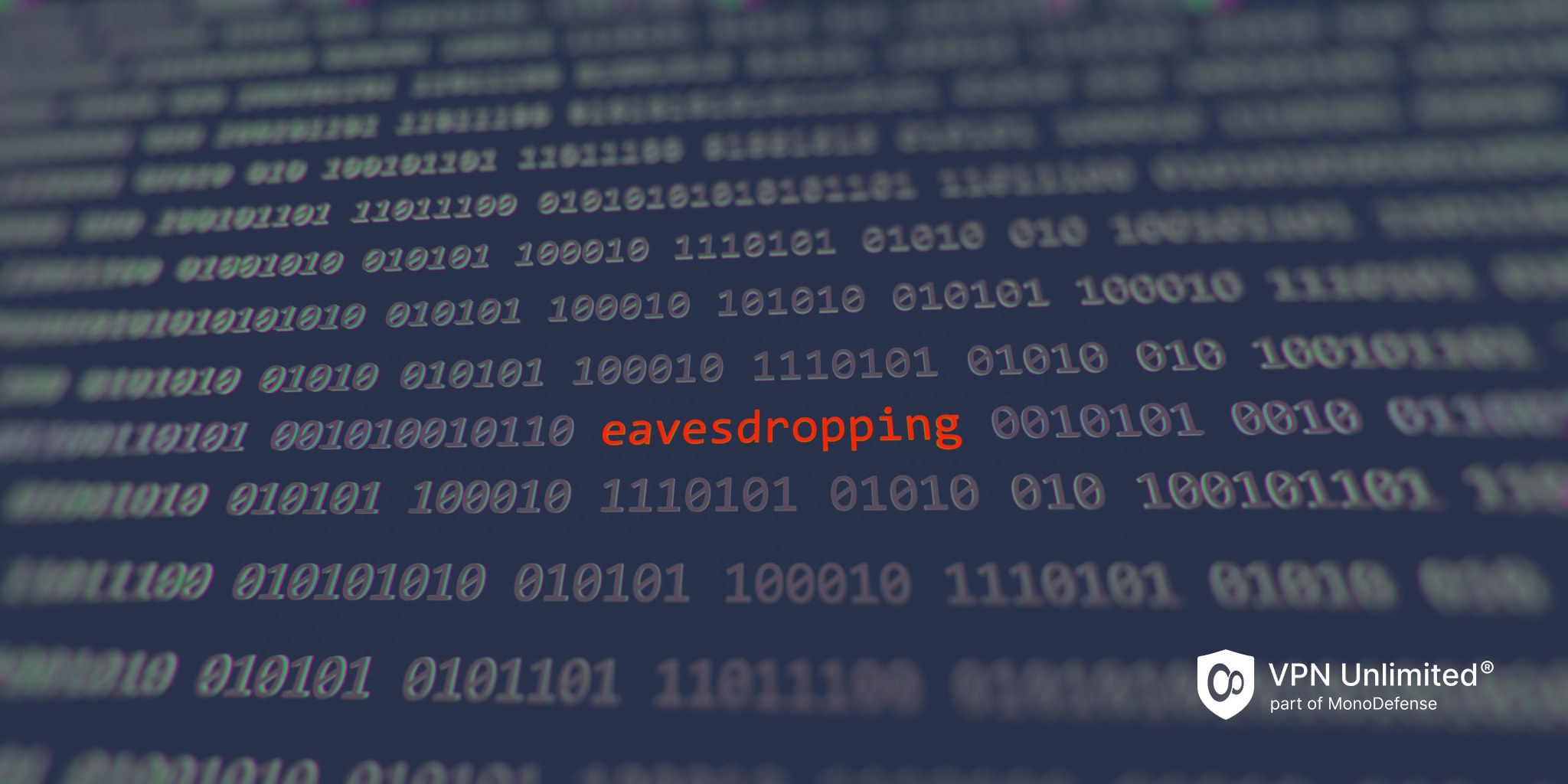New Threats of Acoustic Attacks: Unveiling a Silent Danger in the Digital Age

Sometimes it seems that you can not walk a step on the web without facing some threat that may cause massive data leakage or account loss. In fact, that is really so. Cyber attacks have become increasingly sophisticated and diverse in today’s cyber era as digital advancements and technological breakthroughs have not always good motives.
Acoustic attacks are a rather new form of cyber assault. Why is it dangerous? Because this type of attack uses a stealthy approach and has a solid potential to compromise your sensitive information. How does it work? It exploits subtle sound waves generated by keystrokes. Strange? Maybe. Let’s have a closer look at this new alarming threat to cybersecurity.
The Sound of Silence: Understanding Acoustic Attacks
We have already known examples of cyber attacks when victims were spied on with laptop or smartphone cameras. We even know the cases where victims were eavesdropped on and the information received was not used with the best intentions. But understanding that even the sounds of us clicking on the keyboard can be used to steal our data is something new.
Exactly, acoustic attacks process the unique sound patterns created by keystrokes, mouse clicks, and other actions on our electronic devices. We don’t usually pay much attention to these sounds and can’t even suppose that these clicks and taps imperceptible to the human ear can be captured and analyzed using specialized equipment. Sophisticated cyber adversaries use this captured acoustic data and decipher the keystrokes extracting sensitive information such as passwords, credit card details, or other confidential data.
It is used with the help of highly sensitive microphones or sensors to capture acoustic emanations or vibrations from a target device. Then, advanced signal processing techniques start working and decoding the keystrokes accurately. The bad part is that this innovative method operates covertly without leaving any visible trace of an attack.
Why Acoustic Attacks are a Silent Danger

It goes without saying that one of the most dangerous features of acoustic attacks is their stealthiness. Compared to popular types of cyberattacks that can trigger all the alarm systems of your device, acoustic attacks are not guaranteed to be detected. The sounds can be captured from a distance, making it challenging to identify the source or detect the intrusion.
Moreover, acoustic attacks can bypass common security measures like firewalls and antivirus software, making them an attractive choice for cybercriminals seeking new, covert methods of breaching systems. Malicious software that can collect your sound waves can be a part of IoT-devices software. Just imagine, that you can have a smartTV or web-connected fridge that will eavesdrop on all your activities as a bonus. As the technology to execute and counter such attacks continues to evolve, it is crucial for individuals and organizations to remain vigilant and stay informed about this emerging threat.
Vulnerable Targets: Who is at Risk?
Every individual and organization that uses electronic devices with keyboards and mice is potentially at risk of acoustic attacks. From government agencies and financial institutions to healthcare providers and private individuals, no one is immune to this threat. Cybercriminals constantly seek novel ways to exploit vulnerabilities, and acoustic attacks offer a stealthy approach that allows them to target a wide range of victims.
Sensitive industries like finance, healthcare, and defense are particularly attractive targets due to the nature of the information they handle. The consequences of a successful acoustic attack in these sectors could be catastrophic, leading to financial losses, breaches of privacy, and even threats to national security.
Mitigating the Threat: Steps to Enhance Security

In the face of this emerging threat, proactive measures are crucial to safeguard against potential acoustic attacks. Here are some steps to enhance security and minimize the risk:
1. Awareness and Education
Educate employees, users, and stakeholders about the existence and potential risks of acoustic attacks. Raise awareness about safe computing practices and the importance of maintaining vigilance against evolving cyber threats.
2. Physical Security
Implement physical security measures to limit unauthorized access to devices and prevent the placement of eavesdropping equipment in close proximity to sensitive areas.
3. Soundproofing
Consider implementing soundproofing measures in sensitive areas to minimize the risk of acoustic data leakage through sound waves.
4. Encryption and Secure Communication
Utilize strong encryption for communication and data storage to protect sensitive information even if acoustic attacks manage to capture the keystrokes.
5. Regular Audits and Monitoring
Conduct regular security audits and implement continuous monitoring of network traffic and device activities to detect any unusual patterns that might indicate a potential acoustic attack.
Conclusion
As technology continues to advance, so do the tactics and techniques used by cybercriminals. Acoustic attacks represent a silent danger that exploits subtle sound waves to compromise sensitive information. Understanding this emerging threat and taking proactive steps to mitigate it is essential in safeguarding personal and organizational data in today's digitally connected world. Stay informed, stay vigilant, and stay secure.
Frequently Asked Questions (FAQs) about Acoustic Attacks

Are there laws or regulations addressing acoustic attacks?
As of now, specific laws or regulations specifically addressing acoustic attacks may not exist. However, general cybersecurity and privacy laws and regulations may encompass aspects of protecting against acoustic attacks, highlighting the importance of maintaining data security and privacy in the digital age.
Are there advancements in technology to counter acoustic attacks?
Technology is evolving to counter acoustic attacks, focusing on developing better detection mechanisms and encryption techniques to safeguard against potential data leakage through sound waves. However, it's essential to stay updated with the latest advancements and continually adapt security measures to address evolving cyber threats.
How can one protect against acoustic attacks?
To protect against acoustic attacks, it's essential to raise awareness, enhance physical security, consider soundproofing in sensitive areas, use strong encryption for communication and data storage, and conduct regular security audits with continuous monitoring of network traffic and device activities.